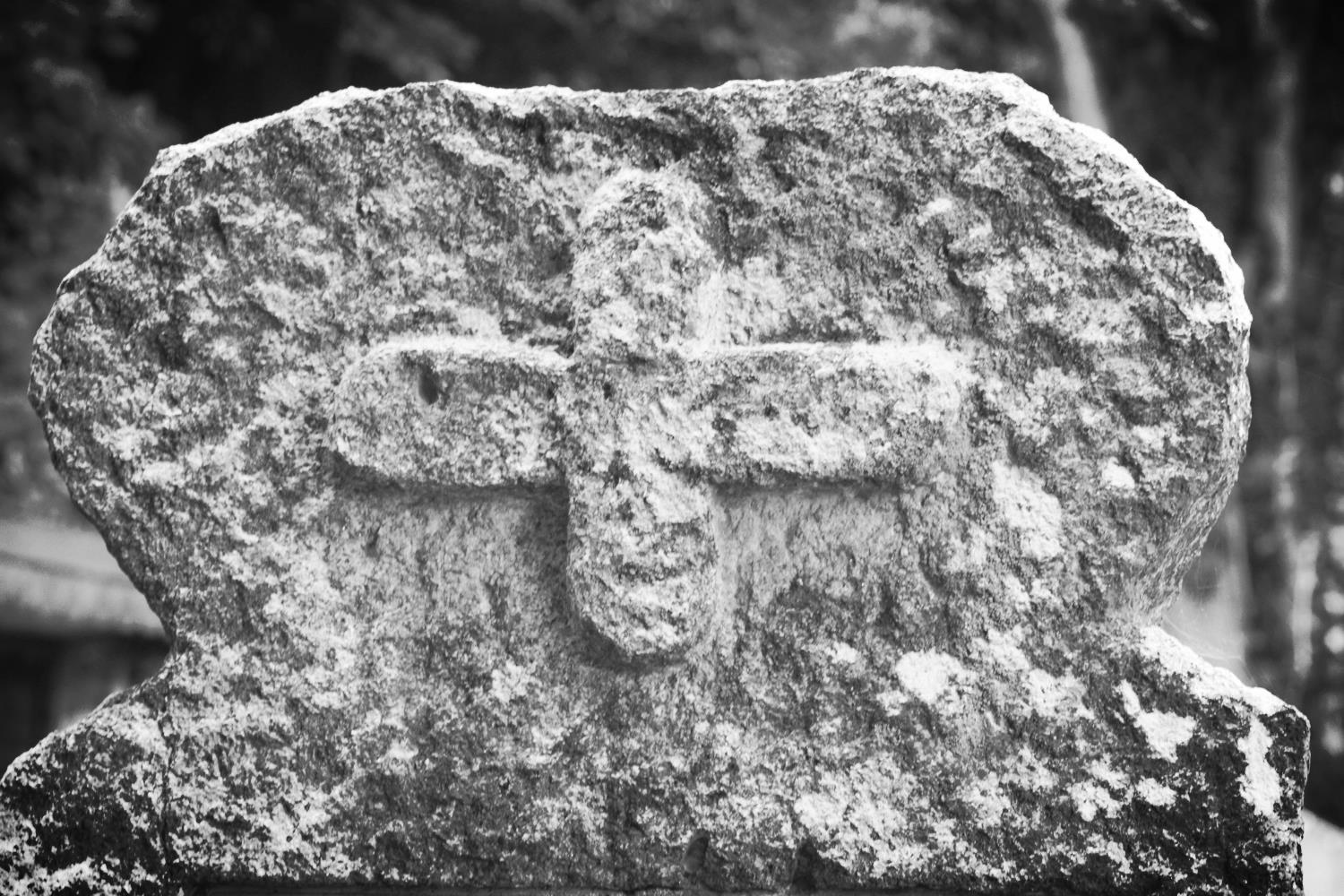padstow to lanivet
the saints' way
10th september 2013
This is the first leg of a two day walk along The Saints' Way, a walk across Cornwall from Padstow to Fowey. The first day's walk is from Padstow to Lanivet and it's an unusual walk for me as it leaves the coast behind almost immediately.
padstow
The weather forecast for the day looks fantastic so I might be in for another hot and sticky day. Fortunately the distance covered won't be as much as the previous three days.
Today's walk begins at the lych gate of St Petroc Church, a little inland from Padstow's harbour. A Celtic four holed cross by the door of the church hints at the original Celtic monastery that would have once inhabited the churchyard.
celtic four holed cross
st petroc church
camel estuary
The footpath leaves Padstow (good luck finding any signs) via Hill Street, Dennis Road and Dennis Lane with the Camel estuary on the left and climbs Dennis Hill with a granite obelisk on the top. There are some lovely views across the Camel estuary here.
The path continues to Trerethern Creek where a tidal mill, 'Seamills', used to work by impounding the waters at high tide and then releasing them as the tide receded.
A 14th century church is reached at Little Petherick. The church was rebuilt in the mid 1800s and the interior was restored in 1898.
little petherick
little petherick interior
The Saints' Way follows the A389 for a bit before reaching Mellingey, a hamlet containing a handful of cottages and a five storey mill, before reaching the hamlet of Trenance.
mellingey
The Way crosses the A39 and passes West Park Farm and No Man's Land before climbing to St Breock Downs. The Bronze Age St Breock Longstone - the heaviest standing stone in Cornwall, weighing 16.5 tonnes - is found together with a number of burial barrows. There are spectacular views back to the Camel estuary to the north and the china clay tips to the south. The prehistoric hill fort of Castle-an-Dinas can be seen to the west.
st breock longstone
view from st breock downs
It's windy up here!!
ford
The Way then drops down to Hustyn Wood passing a number of wind turbines. The Way passes through Tregawne Valley to reach Tregustick and then a ford at the Ruthern River.
The path continues to the village of Withiel with its medieval church of St Clement before reaching the hamlet of Retire and passes Tremore Manor gatehouse. A Celtic cross can be found in the road verge here. I struggled to find it so it might be hidden amongst stinging nettles at the moment.
st clement's church
guidepost
Just before reaching the granite clapper bridge spanning the River Ruthern at Tremorebridge, a 19th century cast iron guidepost can be found.
The Saints' Way then heads towards the destination for the day and the half way point, Lanivet village and the day should have ended with a refreshing pint of Tribute in the Lanivet Inn but it was closed so I headed back to the Fisherman's Arms instead.
lanivet inn
A guide pack of The Saints' Way can be obtained from the Fowey tourism website for £4.99 plus £2 postage at the time of writing. The pack features 13 full colour, laminated and illustrated cards: eight route cards, each showing a map section of the journey including information on distance, time, terrain, and facilities, as well as descriptions and information about places on the route.
flora and fauna
Flora and fauna encountered on the walk today includes :-
- little egrets
- cows
- swallows
- pheasants
- pigeons
- blackberries
- swans
- japanese anemones
Podcast
The podcast of today's walk is now available. You can subscribe via the iTunes store or listen using the player below.
Marks out of ten?
According to my phone I've walked 17.3 miles today which amounts to 37119 steps. What a thoroughly charming walk this had been today especially considering that the coast was left behind so early on in the day. 8 out of 10. After leaving Padstow the way marking has been fantastic and I'd have never have found my way without them. Can whoever is responsible move on to do the South West Coast Path now! Thank you.
View padstow to lanivet in a larger map
padstow harbour





































